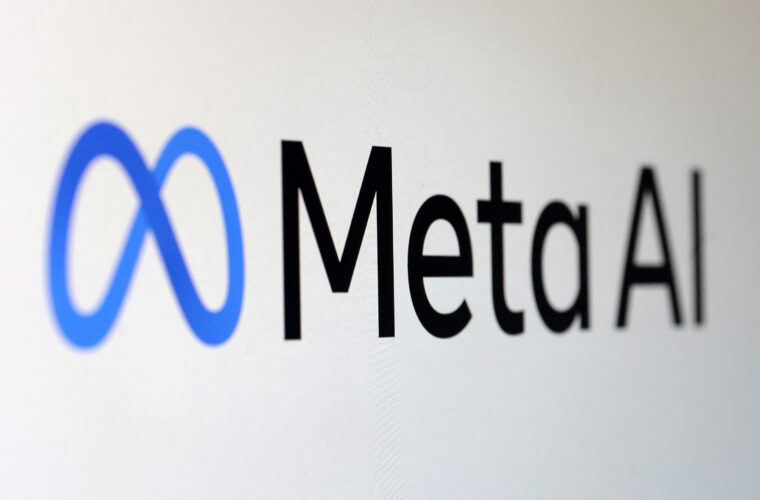Developed Asian economies: Recent studies from Deloitte Access Economics and the Deloitte AI Institute found that developed economies are behind their less-developed peers in the Asia-Pacific region when it comes to the utilisation of generative artificial intelligence.
According to the research centre’s report in May, countries like China, India, and Southeast Asia are found to have a 30 per cent higher adoption rate than developed countries, including Japan, Singapore, South Korea, and Australia.
The study was conducted in February and March, collecting responses from 3,000 university students and 9,000 employees across 13 countries in the Asia-Pacific region.
It also revealed general trends across the region related to the adoption of gen AI, like the explosive increase in the number of users who use AI-powered tools or the distribution being led by students and employees.
The study expected the percentage of Gen AI users who access the tool on a daily basis to grow by three times in the next five years and revealed that a vast majority of responded students and employees are using Gen AI.
Gen AI Adoption: developed vs. developing economies
In many cases, developed economies have been at the forefront of the utilisation of technologies. For example, the internet distribution rate was higher among countries like Japan (86.2 per cent) or South Korea (97.6 per cent) than mainland China (77.5 per cent) or India (51.5 per cent) in 2023.
This trend was not observed in the utilisation of gen AI. Developing countries took more share in the number of gen AI users in the Asia-Pacific. In addition, students and employees in India were 30 per cent more likely to have used gen AI than those in other Asia Pacific countries, according to the survey. The percentage of people who responded that they use gen AI daily in the study was shown to be higher in regions like developing countries than their peers as well, like in India (32 per cent) and Southeast Asia (19 per cent).
The study stated that this reflects developed countries’ populations having a higher percentage of people who are categorised as “digitally native”. India, for example, has the most significant number of Gen Z in the world, driving technological development across the country. Among those surveyed in the study, almost half of them in India were Gen Z, while only 30 per cent were in Japan, the research centre said.

Developed Asian economies
Another factor that can explain the higher rate of gen AI adoption in developing countries is the pandemic, with many regions undergoing rapid technological innovations. For instance, internet access greatly expanded among Southeast Asian nations between 2019 and 2021, increasing from 360 million in 2019 to 440 million users in 2021. The region’s digital economy saw a stellar development, reaching its 2025 prediction of a gross merchandise value of US$200 billion three years early.
Governments’ stances on the development of AI can be a reason behind the rapid emergence, too. Mainland China, for example, has been actively encouraging the development of AI-related technologies in the country to lessen its dependence on overseas tools. In new regulations expected to be introduced soon, reports say that the government is likely to keep a “lenient” stance on copyright issues of gen AI, too. The country has the highest percentage of companies either running tests or fully adopting gen AI, 83 per cent, surpassing the United States (65 per cent) or the United Kingdom (70 per cent).
What’s next for developed economies?
Deloitte’s study explained the effectiveness of using gen AI at schools or workplaces, with positive results on raising productivity, contributing to work-life balance, and assisting new talent acquisitions.
The centre pointed out the potential disruption in the technological hierarchy in the Asia-Pacific region, with developed economies lagging in embracing gen AI. It suggested that industries like finance, internet communication technology & media, professional services, and education are likely to face a bigger impact from gen AI in the near future.
Some of the key actions that Deloitte proposed to narrow down the gap for businesses in developed economies include building and practising gen AI strategies, encouraging their learning of gen AI tools to take more ownership, and improving infrastructure to embrace gen AI innovations within their respective industries.



